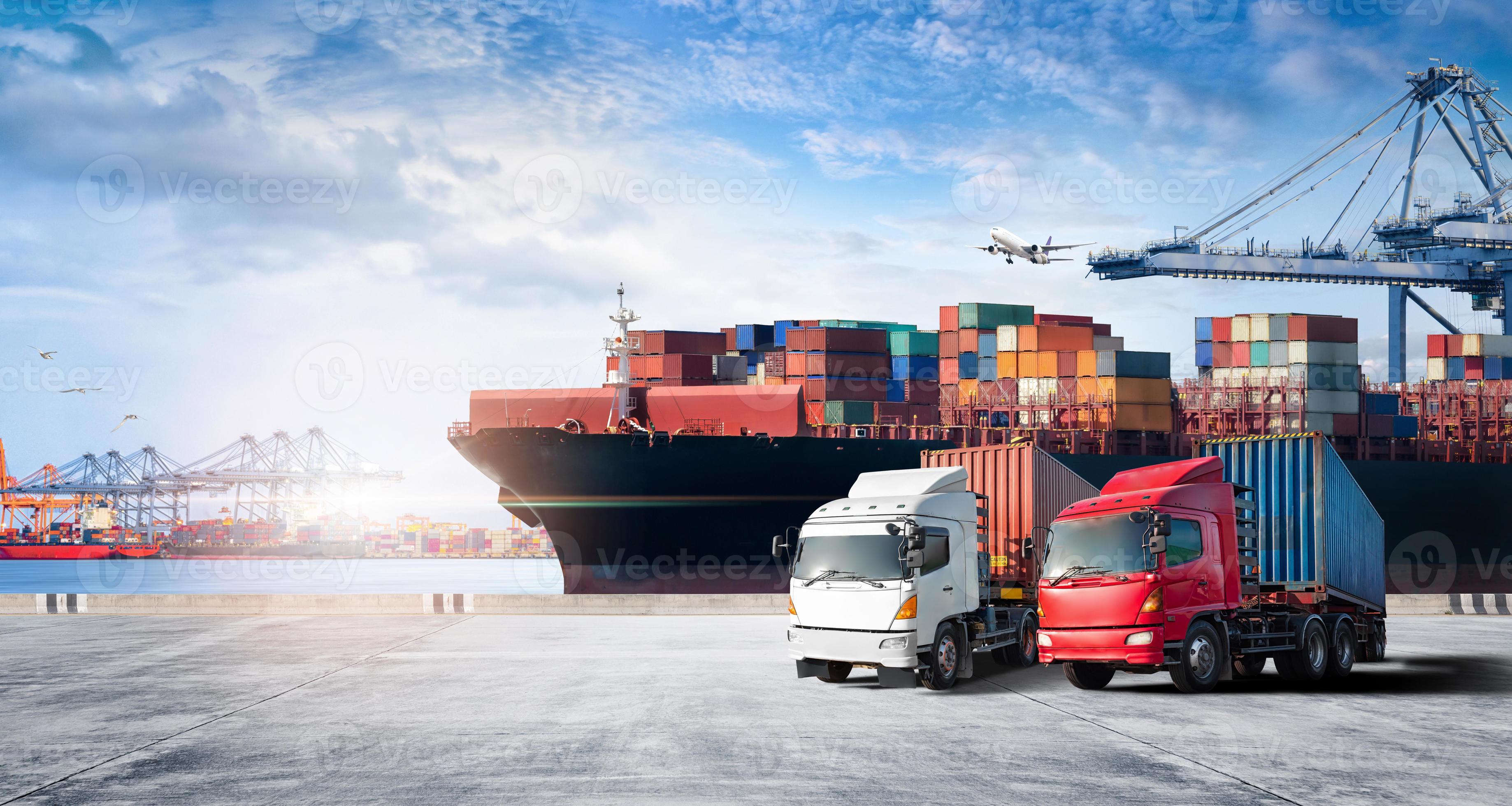Improving Your Stock: Preparation for Delivery from China
Within today’s global economy, a multitude of businesses are seeking to improve their inventory and refine their supply chains. An of the most cost-effective solutions for sourcing products is shipping from China, as it has emerged as a dominant hub for manufacturing and export. The ability to acquire goods directly from China provides a abundance of opportunities for companies striving to improve their competitive edge and fulfill market demands efficiently.
Enhancing your inventory when preparing for shipping from China necessitates careful consideration of multiple factors, including lead times, shipping costs, and customs regulations. By understanding the intricacies of the shipping process, businesses can make knowledgeable decisions that not only minimize expenses but also improve product availability. This article will explore crucial strategies and best practices for effectively navigating the complexities of shipping from China, ensuring that your inventory management aligns with your business goals.
Grasping Delivery Options

Regarding shipping from the Chinese market, businesses have multiple choices to take into account. The choice of shipping method can significantly impact delivery times, costs, and overall operational efficiency. Common options include air freight, sea freight, and express courier services. Aerial shipping is quicker, making it optimal for time-sensitive deliveries, while sea freight is generally more economical for bulk shipments but comes with longer transit times.
Another key consideration is the character of your goods. If you are shipping lightweight and high-value items, air freight may be the best option even with its increased expense. On the flip side, bulky or low-value goods can benefit from the cost-effectiveness of sea freight. Additionally, knowing your market's geographical area can influence the decision, as proximity to shipping docks and airports can ease logistics considerably.
Finally, businesses must also account for customs procedures and regulations when choosing a shipping option. Ensuring compliance with international trade laws is essential to avoid delays at customs. Working with reliable freight forwarders can assist in managing these challenges and streamline the overall shipping operations, ensuring that your products arrive on time and in excellent shape.
Cost-Effective Stock Control
Strategic inventory oversight is vital for companies that rely on shipping from China. One of the main aims is to minimize costs while making sure that stock levels satisfy demand. By leveraging data analysis, businesses can predict inventory needs more effectively, lowering the risk of surplus or declines in inventory. This approach not only helps in managing cash flow but also enables businesses to take advantage of bulk purchasing discounts from suppliers, further lowering costs.
Furthermore, picking the right shipping techniques can significantly impact overall expenses. Businesses should meticulously evaluate the trade-offs between different shipping options, weighing factors such as speed, reliability, and cost. For case in point, opting for maritime transport may be more economical for big shipments, while aerial transport could be necessary for urgent orders. Managing these factors aids to formulate a more cost-effective inventory management plan that aligns with company performance.
In conclusion, maintaining solid connections with suppliers in China can lead to better pricing and payment terms. Regular dialogue and discussions can help in securing favorable conditions that benefit inventory management. By creating alliances and being clear about requirements, firms can secure more constant supply chains, which in the end can enhance their ability to respond swiftly to dynamic market conditions without facing unmanageable costs.
Best Practices for Timely Delivery
In order to guarantee punctual delivery for shipments originating in China, it is imperative to important to forge a strong partnership to work closely with trustworthy providers. Opt for partners who have a proven track record for adhering to schedules and supplying top-notch merchandise. Clearly state shipping from china concerning transportation timings and manufacturing timelines. Regular updates will assist mitigating any potential delays and affords you to have real-time information on your orders.
In addition, consider the mode of shipping that best fits your operational requirements. Options range from air freight, that may be speedier but at a higher cost, and maritime transport, that might be less expensive but takes longer. Analyzing your supply levels and sales forecasts will help you decide on the suitable shipping method to optimize both expenses and shipping durations. You may also prefer to collaborate with shipping agents that can guide you through the complexities of international shipping and customs regulations.
Finally, anticipating potential issues is crucial for achieving a flawless logistics flow. Consistently have contingency plans in place for potential delays caused by regulatory challenges or shipping delays. This could include having reserve inventory to mitigate stockouts or expanding vendor options to reduce reliance on a one provider. By effectively managing these challenges, you can boost your supply chain management and guarantee your business operates effectively despite the nuances of shipping from China.